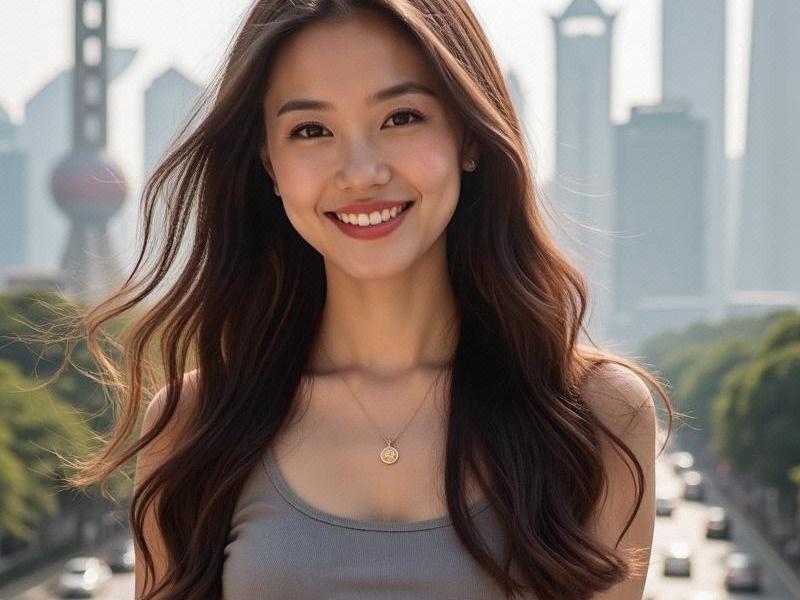
The morning light filters through the plane trees of the French Concession, illuminating a fascinating sartorial tableau - a group of silver-haired matriarchs practicing tai chi in silk qipaos alongside young professionals in avant-garde streetwear snapping selfies. This daily scene encapsulates Shanghai's unique beauty narrative, where tradition and innovation coexist in China's most cosmopolitan city.
Historical Foundations:
Shanghai's reputation as China's style capital dates to the 1920s, when the city's "Modern Girls" (摩登女郎) first blended Chinese and Western fashions. Historian Dr. Li Wen identifies four revolutionary periods:
1. The Golden Age (1920s-40s): Hollywood-inspired hairstyles and figure-hugging qipaos
2. The Mao Era (1950s-70s): Gender-neutral work uniforms and braided hairstyles
3. The Reform Period (1980s-2000s): First luxury boutiques and beauty pageants
4. The Digital Renaissance (2010s-present): "Guochao" nationalism meets global streetwear
The New Beauty Economy:
Shanghai's $8.7 billion beauty market reflects its hybrid character:
- 62% of high-end cosmetic launches debut in Shanghai first
- Local brands like Florasis achieve 300% annual growth
- "Beauty tech" startups raised ¥4.2 billion in 2024
上海龙凤千花1314 - Average monthly beauty spending: ¥1,580 (3× national average)
At the Plaza 66 flagship of Chinese brand Chando, customers experience AI skin diagnostics alongside traditional herbal consultations. "Shanghai women want clinical efficacy with cultural storytelling," explains CEO Cecilia Wang.
Style Archetypes:
Fashion anthropologist Mia Chen identifies six dominant aesthetics:
1. The Bund Classic: Modern twists on 1930s silhouettes
2. Pudong Futurist: Techwear with qipao-inspired cuts
3. Wukang Road Romantic: Vintage florals meets contemporary tailoring
4. Tianzifang Bohemian: Handcrafted accessories with streetwear edge
5. Xintiandi Minimalist: Neutral palettes with precise tailoring
6. Jing'an Hybrid: High-low brand mixing with bold colors
上海龙凤419 Digital Native Beauty:
Shanghai's Gen-Z are rewriting the rules:
- 78% use AR makeup try-on tools weekly
- "Douyin Face" (oval face, fox eyes) dominates but faces backlash
- "No-Makeup Makeup" courses sell out within hours
- 43% follow virtual influencers over human ones
Cultural commentator Elena Zhang notes: "The ideal has shifted from looking 'perfect' to looking 'interesting' - Shanghai women want faces with stories."
Entrepreneurial Beauty:
The industry has become a vehicle for female empowerment:
- 72% of Shanghai's beauty brands founded by women
上海夜生活论坛 - Livestream beauty sales average ¥580 million daily
- "She-economy" drives 51% of luxury purchases
- Female-led beauty tech firms receive 38% of venture funding
Challenges and Contradictions:
The evolving scene faces complex issues:
- Plastic surgery rates up 27% despite body positivity trends
- Sustainability concerns over packaging waste
- Generation gaps in style acceptance
- Western vs. Chinese beauty standard tensions
As sunset paints the Huangpu River gold, the city's women transform for evening - not into some homogenized ideal, but into countless individual expressions of Shanghai's eclectic spirit. Perhaps that's the most revolutionary beauty standard of all - not conformity to any single mold, but the freedom to curate one's own visual identity in this ever-evolving urban canvas.
